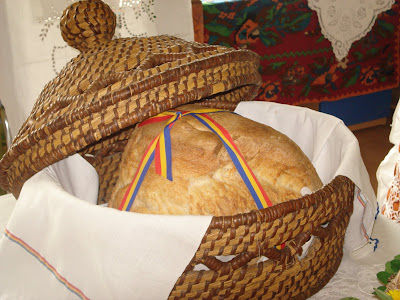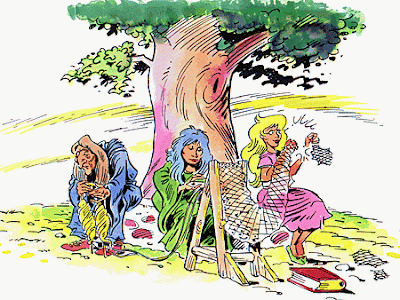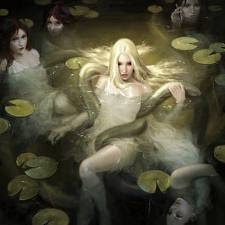At almost every stages of human history, man has looked for the assistance of magic objects, called talismans to defy evil forces.Talismans with letters, numbers or abstract signs have survived to those days. Even the modern religions with a single god have their own symbols. One of these symbols we find in almost every culture and faith for thousands of years...
 |
| Horus' Eye |
It's the figure of eye, the blue eye Nazar Boncugu.
Called "Nazar Boncugu" in Turkey, the Nazar, also known as the Evil Eye Stone is a talisman meant to ward off evil and provide protection to the wearer in all aspects of their life. Why is most interesting is that it isn't a folk thing or a rare sighting to see someone wearing it, but it is a prevalent part of Turkish culture. Turkish talisman Nazar Boncugu, is an object which you believe has magic powers to protect you or bring you good luck.Turkish people believe that it absorbs bad energy coming from evil eyes.
Usualy noone leaves Turkey without purchasing a blue and white nazar boncugu (evil eye charm). You can find them everywhere in Turkey.
Legend said Nazar is something who protects you from "bad luck". Bad luck translates into evil or harm wished upon you from another. People believes that the Evil Eye is a curse, given intentionally or unintentionally by someone else.
The one who bestows the curse is said to look upon, and soon to be afflicted by a person with an evil look, and misfortune will come to those caught in the gaze. Nazar are often given as gifts to friends who have just a baby, or moved into a new house, though sometimes they are given to foreigner as protection during their stay in Turkey.
 |
| The people of Turkey are very caution about the Evil Eye, and so, sometimes, one Nazar isn't enought. |
It was believed in the ancient times that Tengri Ulgen, god of the skies in Central Asia, would sit in those skies and protect the people from evil. It was for this reason that people considered the colour of the blue skies to be sacred.
When a child is born, an evil eye is pinned to the garment on his or her right back shoulder for protection from other people's evil wishes. No place of business or home is without one. They come in many styles, from simple to ornate. Usually, they are made of glass but also can be made of plastic.
Everywhere you go you will find people wearing the strange amulet; earings, bracelets, necklaces, anklets, charms in all sizes adorn people, their homes, cars and even children in order to protect them from the Evil Eye.
Nazar talismans in the Muslim world are named as "the hand of mother Fatma/Fadime" or, in certain realms of Christianity, as "the hand of Virgin Mother". These hands are nazar beads converge at one place: Egypt.
















































